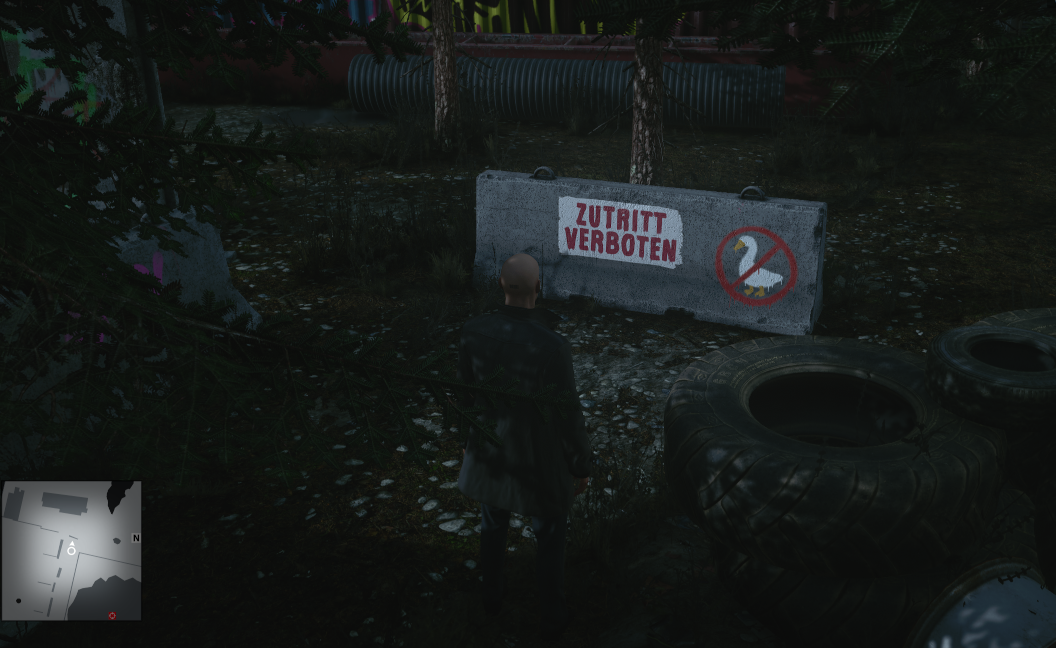A whole lot if you take a look at last year's Android CVEs: https://www.cvedetails.com/vulnerability-list/vendor_id-1224/product_id-19997/Google-Android.html?page=1&cvssscoremin=7&year=2023&order=1&trc=1422&sha=2132554d4f7ce75c086fd81a1f91a6e6668d71cb
ZeroPointMax
Kollege: 10min eher da
Hmm, mein Linux läuft auch stabil, sicher und schnell ;). Ich kenne die Philosophie rund um OpenBSD, den Fokus auf Sicherheit, meine Frage geht eher in die Richtung: muss man sich als Linux-Nutzer sehr umgewöhnen? Was sind kleine Details, über die man leicht stolpert? Was man online lesen kann, reflektiert im Wesentlichen deinen Kommentar, aber ist doch alles Recht wenig konkret, wenn es darum geht, welche Vorteile ich davon habe, OpenBSD zu nutzen.
Nenn mich naiv, aber ich bin generell ziemlich glücklich mit Wayland, Plasma und SystemD (das sag ich trotz des Risikos, mich unbeliebt zu machen :-)))
Wie ist es so im Alltag, verglichen mit Linux?
Macht bitte dabei vorsichtig. Besonders unlustige Kleber haben eine Rasierklinge unter sich versteckt.
Every physical system strives for the state of maximum uniform distribution.
DU HAST MICH GEFRAGT
No, my sister's system has the exact same symptoms, despite using the Ubuntu GUI. So at least under some conditions it's accurate.
I'm managing one for about 250 users. It's been pretty reliable, but do prepare for some amount of trouble once in a while, including work on the database if things go really south. Nothing too difficult though if you understand SQL and web backends well enough.
It's best to keep the installation clean and not install too many apps for the sake of performance.
So overall I'd say it's worth it, yes.
I'm running KDE on a server. Fight me!
Reason: I need a terminal server for various software Dev tools. KDE Plasma has IMO excellent support for that task while performing better than GNOME.
I wonder how Plasma and Gnome over Xrdp are doing for others though.

Definitiv nichts für Anfänger, nur für Experten: Multi-Terabyte sichere ich verschlüsselt via rclone (nicht rsync) in die Google Cloud. Nicht Drive, sondern die professionelle Cloud Console. Dort gibt es S3-kompatible Buckets der Archiv-Klasse. Das kostet ganze 0,12 CENT pro Gigabyte pro Monat. Der Haken: restore wird teuer mit 5ct/GB (DC Belgien). Der Anwendungsfall ist also ein Offsite-Backup, wo ein Restore wirklich die Ausnahme ist.